If you roast a chicken and end up with a carcass, don’t you dare throw it away. Use it to make a rich-flavored Homemade Chicken Stock that you can use in turn to make soups or other recipes!
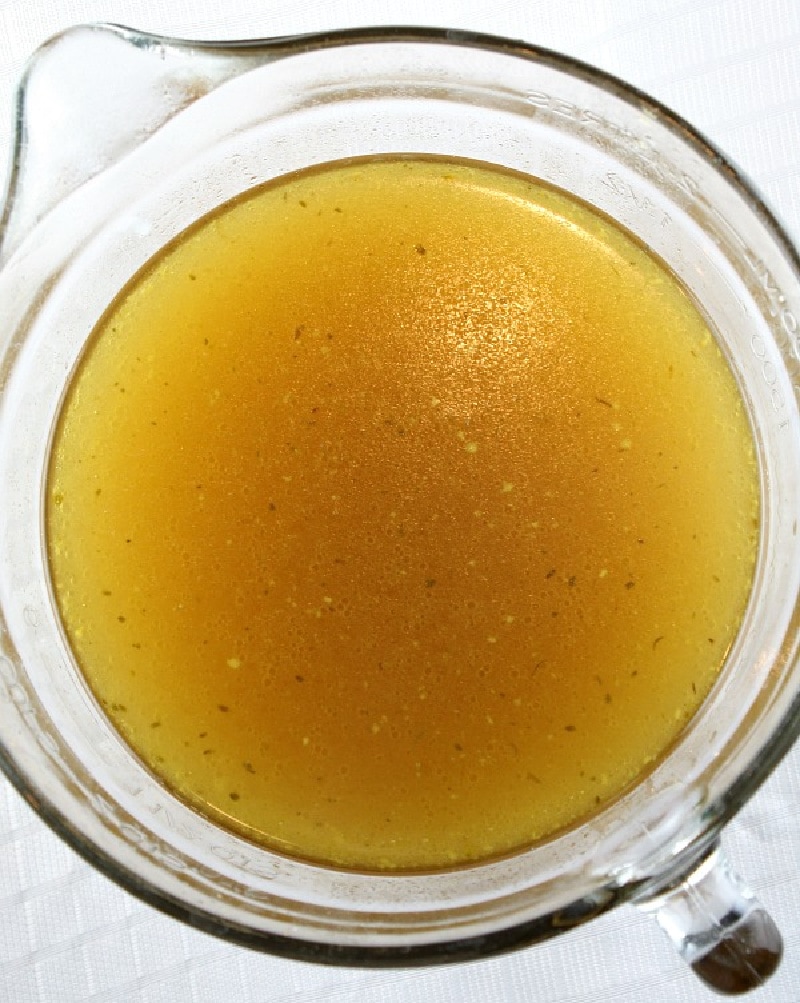
Homemade Chicken Stock
When I’ve roasted a chicken (or even purchased one from the store), I can’t even imagine tossing a chicken carcass in the trash. What an incredible waste that would be. Making homemade stock is very simple. You must try it!
🛒Ingredients needed:
- chicken carcass
- onions and leeks
- carrots, celery and parsnips
- fresh flat-leaf parsley, thyme and dill
- garlic
- salt
- peppercorns
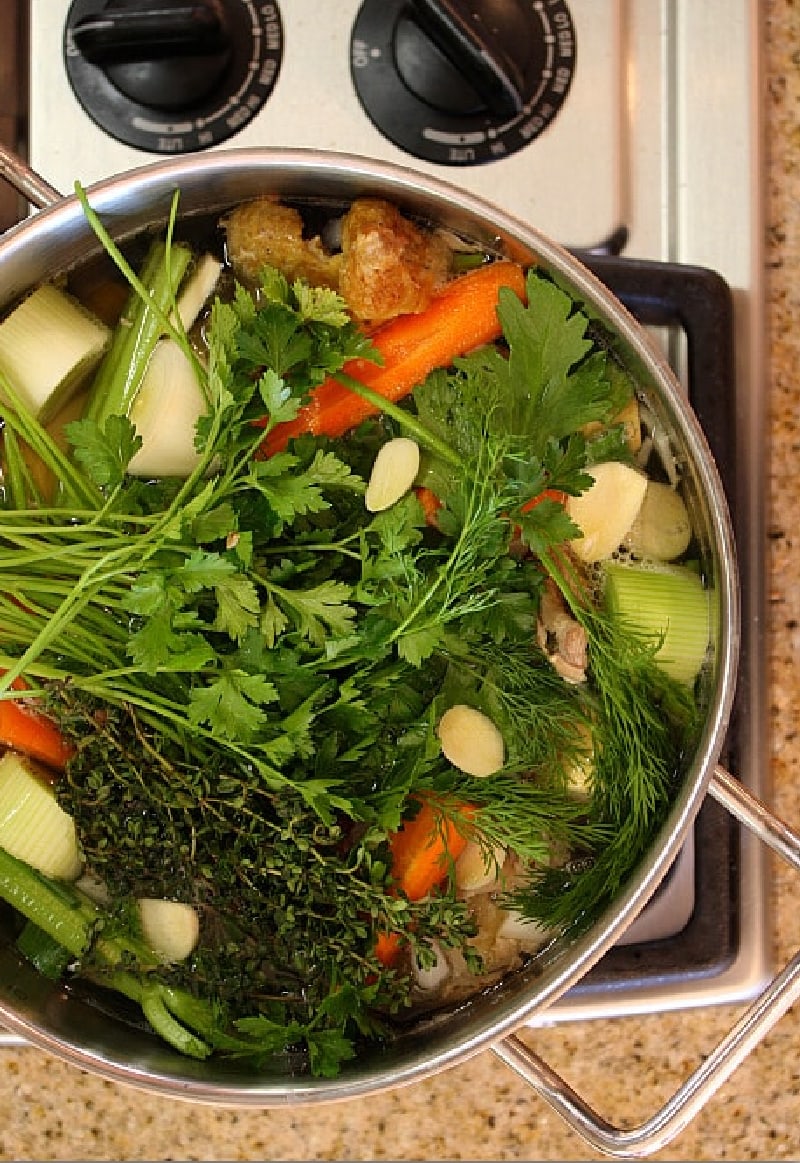
✏️How to make Homemade Chicken Stock:
*The complete, printable recipe with all ingredients and instructions is at the end of this post.
-
Place the chicken in large stockpot. Add about 2½ quarts of water (your chicken should be just submerged, so add more if needed). Add all veggies, herbs and seasoning. Bring to a boil. Reduce to a simmer; continue to simmer uncovered for 4 hours.
-
Strain the entire contents of the pot through a fine sieve and discard the solids. Pour the liquid into a bowl, cover with plastic wrap and refrigerate overnight.
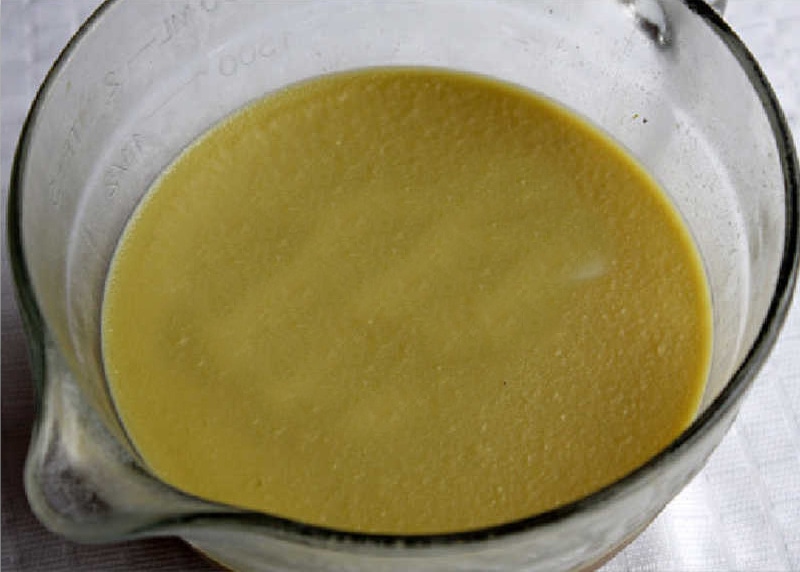
As the stock chills a layer of fat will accumulate on the top.
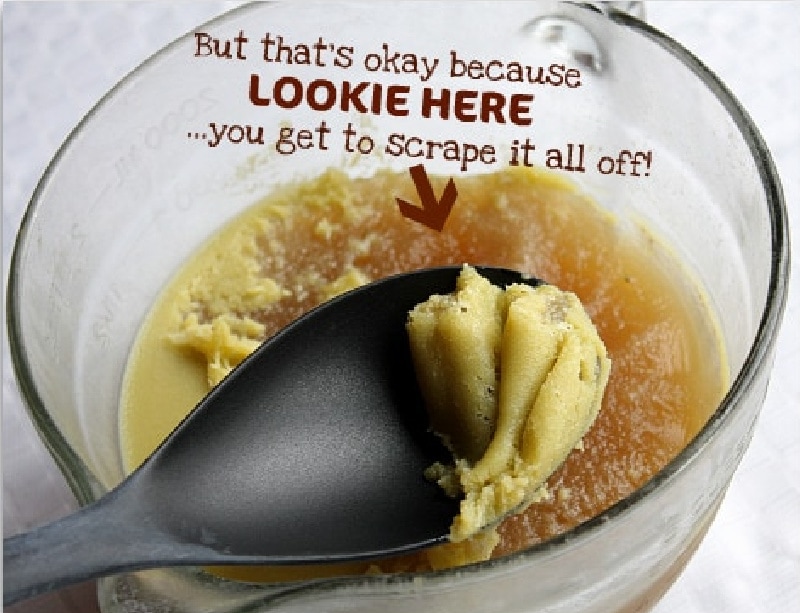
The next day, use a spoon to remove the layer of fat that has solidified on the top of the bowl of stock. The stock itself may become jelly-like when it’s chilled. Once it comes to room temperature again (or is heated), it will turn back to a liquid state.
➡️Recipe Tips:
- The more chicken meat that is left on your carcass, the richer the chicken flavor will be in your stock.
- Feel free to change up the types and amounts of vegetables and / or herbs you use in the stock. Use the flavors you like.
- Starting with raw chicken makes for the richest stock, but you can still get a darn good stock from a chicken carcass that was already cooked.
✔️What to do with Homemade Chicken Stock:
- Freeze the stock to use later, or use it up within a few days.
- Consider this a richer broth, perfect for chicken soup of course, but many others, too.
- The stock is also great to use when making risotto and other recipes.

★How to Freeze Chicken Stock:
Measure 1 cup of the chicken stock and pour it into a freezer bag. 1 cup is a good amount because it’s easier for adding to recipes. Carefully seal the bag so there’s no excess air trapped inside and repeat. Lay the sealed freezer bags flat on a cookie sheet and place in the freezer for 3 to 4 hours, or until frozen solid.
❤️Why I love this recipe:
- There is really nothing more comforting than this rich stock. When anyone in my family is sick, pulling some stock out of the freezer and making a great chicken noodle soup is the best!
- It’s so easy. You just throw everything in a stockpot and let that beautiful aroma permeate your house for the next few hours.
- It can be used in such a variety of recipes, that I always find it gets used up quickly.
Homemade Chicken Stock
Recipe Details
Ingredients
- One 5-pound chicken carcass (or any size)
- 1 large onion, chopped in large chunks
- 1 large leek, trimmed and rinsed, chopped into large chunks
- 3 medium carrots, unpeeled, ends trimmed and halved
- 3 stalks celery, cut into 4-inch lengths
- 3 medium parsnips, unpeeled, ends trimmed and halved
- 1 handful Italian flat-leaf parsley
- A few sprigs fresh thyme
- A few sprigs fresh dill
- 4 large garlic cloves, sliced
- 1 tablespoon kosher salt
- 1 teaspoon whole black peppercorns
Instructions
- Place the chicken in large stockpot. Add about 2½ quarts of water (your chicken should be just submerged, so add more if needed). Add all veggies, herbs and seasoning. Bring to a boil. Reduce to a simmer; continue to simmer uncovered for 4 hours.
- Strain the entire contents of the pot through a fine sieve and discard the solids. Pour the liquid into a bowl, cover with plastic wrap and refrigerate overnight.
- The next day, use a spoon to remove the layer of fat that has solidified on the top of the bowl of stock. The stock itself may become jelly-like when it’s chilled. Once it comes to room temperature again (or is heated), it will turn back to a liquid state.
Notes
- The more chicken meat that is left on your carcass, the richer the chicken flavor will be in your stock.
- Homemade stock will keep just fine in the refrigerator for up to 5 days. Cover and freeze for up to 6 months.

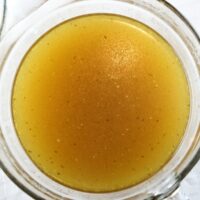








Chicken stock is also a great way to use your vegetable clippings if you don’t compost–just save the ends of carrots, onions, and celery, as well as the skin if you peel them. You can also use veggies that have gone a little soft if they haven’t started molding at all. I just keep a container in my freezer and add veggies to it whenever I have them, and make stock every month or two with them.
Awesome- love that tip!
WHAT I DON’T LIKE IS DISCARDING THE COOKED VEGETABLES. WITH THE VEGS. AND THE BONES TOGETHER, IT WOULD BE HARD TO SEPERATE. SUGGESTIONS?
The cooked vegetables lose their flavor during the long simmering process- because it all goes into the broth. It’s best to start fresh when you make soup w/ the stock.
Thank you so much for this! I just found a great farm to get wonderful whole chickens and didn’t want to waist one bit of it. This will get used often. Thank you for sharing!
I am currently making this stock for the first time. Do I use it 1:1 in place of broth or should it be diluted when making soup?
Use it as you would use chicken broth. It will just give it a better flavor!
The main difference between stock and broth is the use of bones versus just flesh. Bones contain high amounts of collagen – a connective protein that becomes gelatin when heated. Chicken stock should have high enough levels of collagen to make the stock somewhat jelly-like when cooled. The gelatin adds a great mouthfeel but takes somewhat longer than broth to make.
If the gelatin effect doesn’t happen for you, never fear – so long as the chicken stock tastes good it can be used to make soup or other chicken broth type products. If you really want or need true stock with a high collagen content, you can reduce the liquid by 1/3 to 1/2, increasing the concentration of collagen and creating a much richer stock.